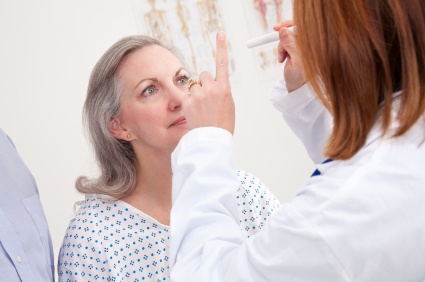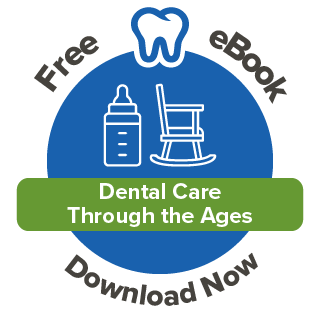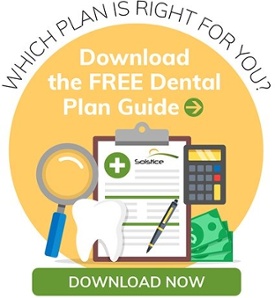By Kate Ranta on Apr 24, 2014 @ 11:36 AM
Once you reach middle-age, you may begin to notice changes in your vision. Maybe you'll need glasses to read or perhaps driving at night will become more difficult. Changes in your vision are a normal part of the aging process, and shouldn't stop you from enjoying your life. As you age, however, you are at a much higher risk of developing age-related eye diseases and conditions.
Here are five of the most common vision conditions to be aware of as you age.
Age-related Macular Degeneration (AMD)
What is it?
AMD gradually destroys your ability to see sharply and clearly, and reduces what doctors call central vision. Central vision is what your eye needs to see objects clearly and is used for completing everyday tasks like reading, watching television and driving.
How is it treated?
There is no cure, but there are ways to treat and slow it. Medication can be injected into the eye to block the development of new blood vessels that cause the condition. Laser therapies are also successful. And, for some people, vitamins C, E, beta-carotene, zinc and copper can decrease the risk of vision loss related to AMD.
Cataracts
What is it?
Cataracts are when the lens of your eyes cloud. The result is foggy, blurry and unclear vision, with colors that appear faded and an increased amount of glare.
How is it treated?
Prescription lenses, including bifocals or contacts, may successfully improve your vision and prevent or delay the need for surgery at that time.
But, if this doesn’t help your vision and cataracts interfere with your daily life, you may need cataract surgery. This procedure removes the clouded lens and replaces it with a clear, artificial one. Sometimes, the doctor can perform LASIK surgery at the same time, for even better vision. Talk with him or her about that option.
Diabetic Eye Disease
What is it?
Diabetic eye disease happens as a complication from diabetes, and is a major cause of blindness. The most common form of diabetic eye disease is diabetic retinopathy. This is when diabetes causes damage to the tiny, red blood vessels in the eye.
How is it treated?
Treatment depends on the stage of the disease. In its early stages, treatment other than regular monitoring may not be required. A healthy diet, regular exercise and controlling blood sugar levels can help control the progression of the disease.
If the disease advances, laser treatment is used to stop the leakage of blood and fluid into the retina.
Glaucoma
What is it?
Glaucoma refers to more than one disease that can cause damage to the eye's optic nerve, which can lead to vision loss and blindness. It typically affects side or peripheral vision and is commonly associated with high amounts of pressure in the eye.
How is it treated?
Treatment depends on your type of glaucoma and how severe it is. Medicated eyedrops are the most common. There are also different types of surgeries for different types of glaucoma.
Dry Eye
What is it?
When eyes do not produce tears effectively, or when tears are not the right consistency or dry too quickly, a condition known as dry eye occurs. While dry eye isn't as severe as other age-related diseases, it can cause irregular vision and blurry sight, making it difficult to perform everyday tasks.
How is it treated?
Over-the-counter artificial teardrops and thicker ointments for nighttime are popular treatments. If that doesn’t work, your doctor may order you prescription drops. For more serious cases, tear ducts can be plugged so tears don’t drain.
As you reach middle age—even if you aren't experiencing symptoms—you should visit an eye care professional for a comprehensive dilated eye exam. The key to fighting age-related vision problems is early detection and treatment. If any of the above conditions is discovered, your eye doctor will talk with you about treatment options that are best for you.





comments